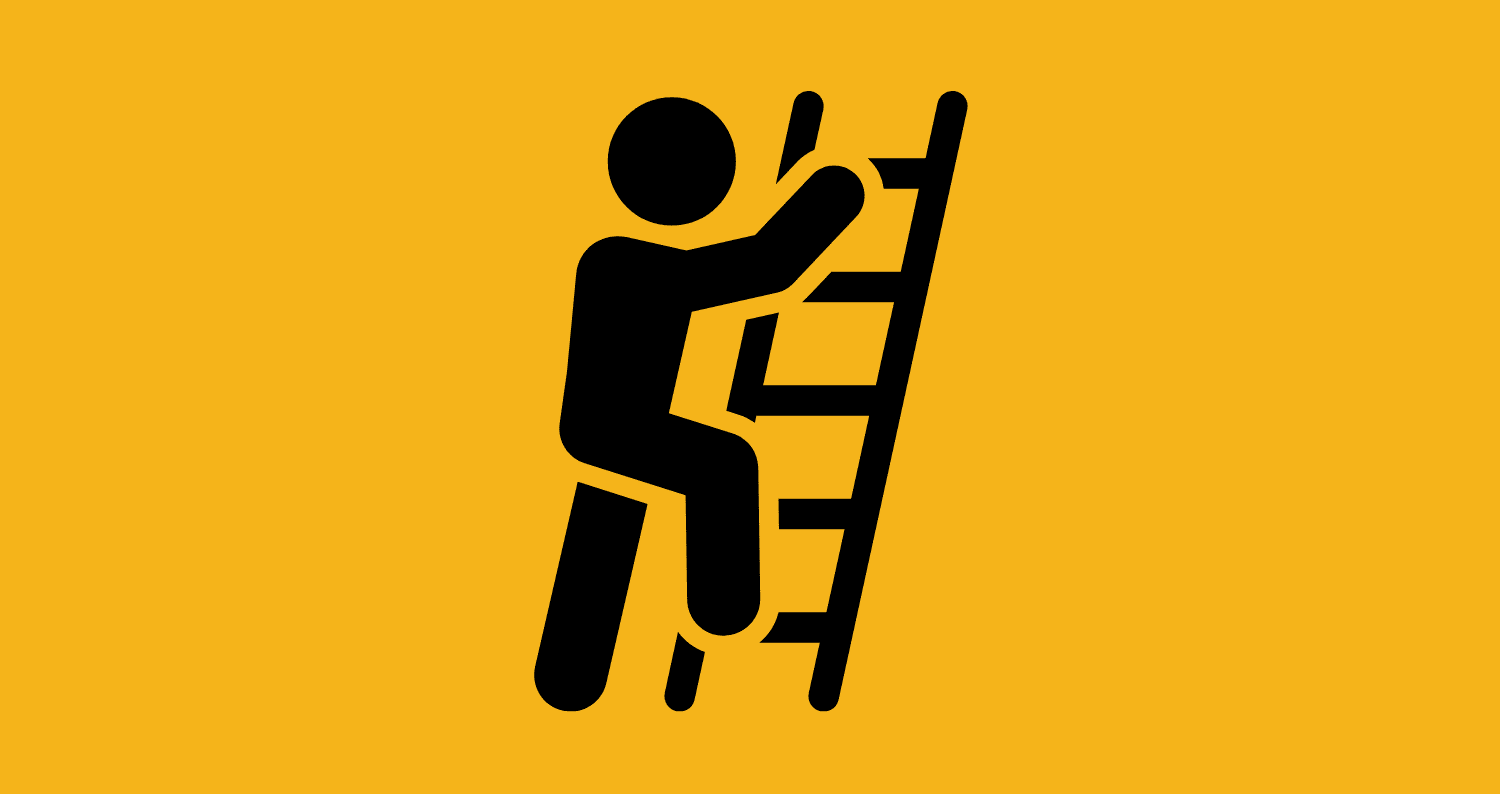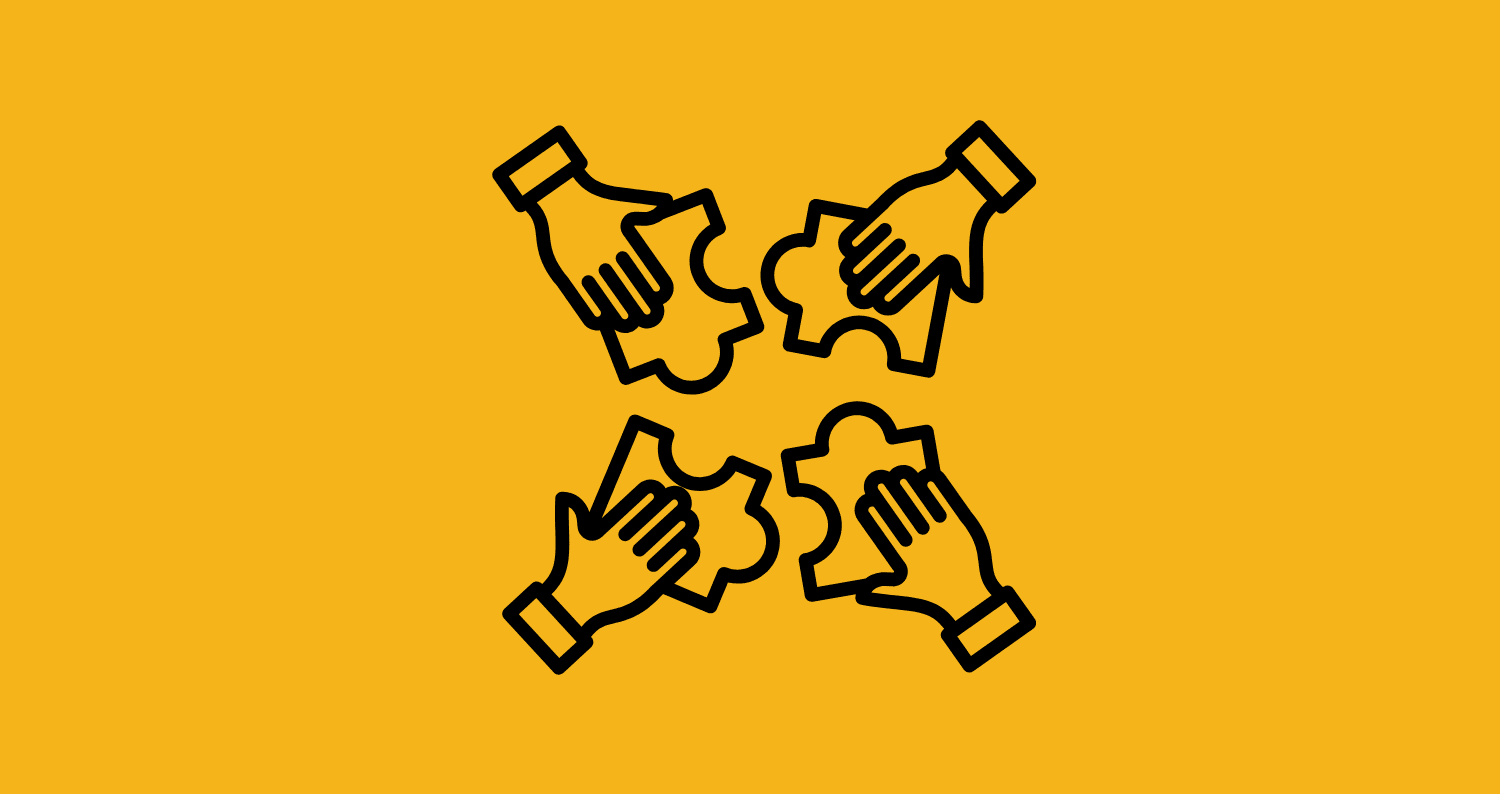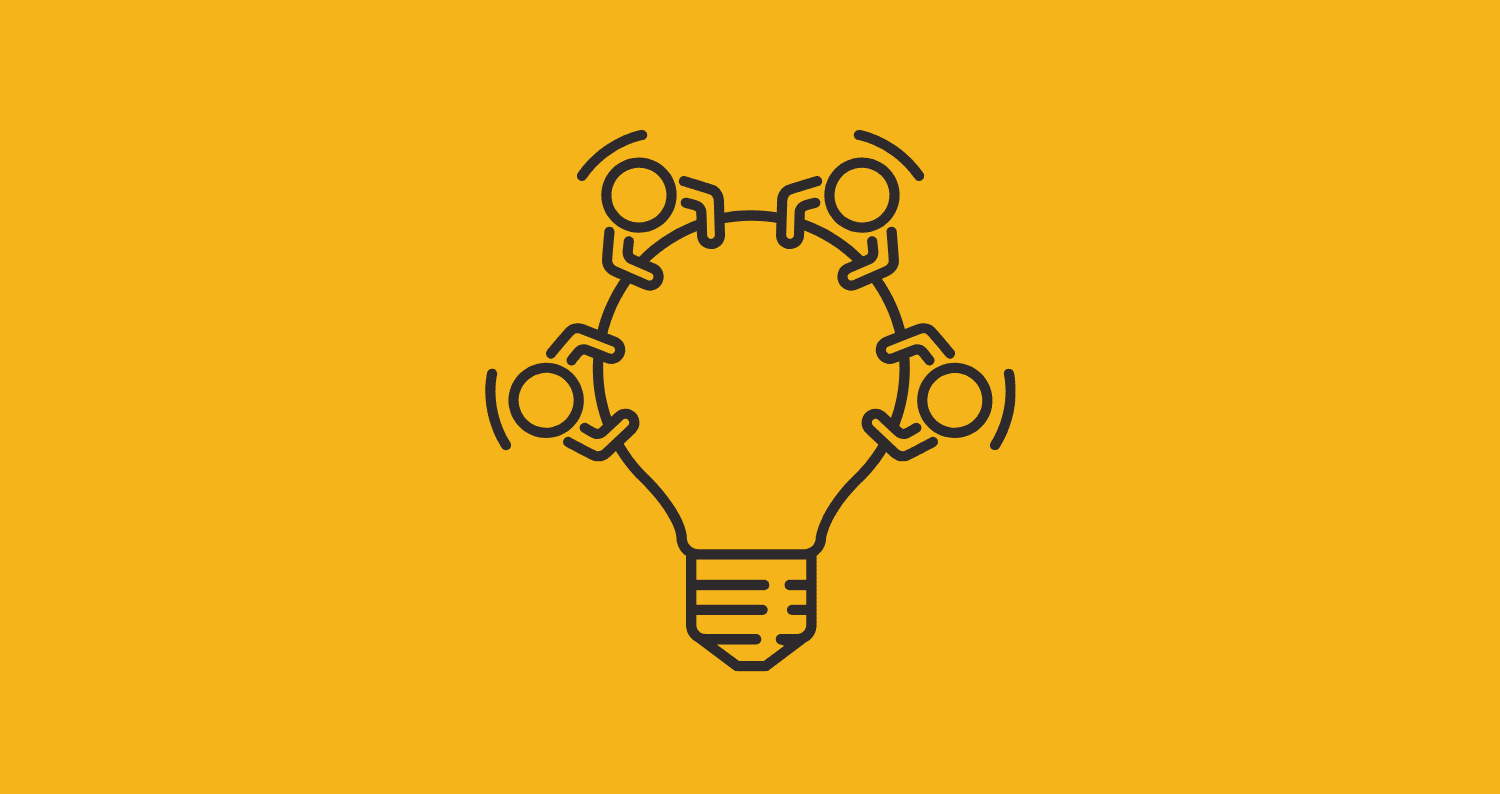
The challenge of being perpetually “on” extends far beyond the office walls into every aspect of our lives. Through my own journey of burnout and recovery, I’ve discovered that creating intentional boundaries isn’t just about work-life balance – it’s about reclaiming our ability to be fully present in each moment.
Here’s my personal insights for moving from constant connectivity to purposeful engagement in both professional and personal spheres. And to be really honest… it’s a constant evolution.
Remember when weekends felt like weekends? When dinner wasn’t interrupted by notifications, and morning walks didn’t include checking emails?
I certainly do, though that memory feels increasingly distant. Like many of us, I found myself caught in an endless cycle of responsiveness – not just to work demands, but to the countless digital threads that now weave through our personal lives: social media updates, family group chats, community commitments, and the constant pressure to stay informed and engaged.
The Modern Overwhelm
It started gradually. A quick work email during family dinner. Scrolling through social media while waiting for my daughter’s dance class. Planning tomorrow’s meetings during my morning run.
Soon, these small intrusions became a constant stream, leaving me feeling perpetually distracted and never fully present. The irony? The more connected I became, the more disconnected I felt from what truly mattered.
Understanding the Root
What I’ve come to realize is that our inability to switch off isn’t just about external demands – it’s often driven by internal factors we rarely acknowledge.
For me, it was a mix of FOMO (fear of missing out), an ingrained belief that constant availability equals dedication, and honestly, the addictive dopamine hits that come with each notification. Recognizing these patterns was the first step toward changing them.
The Ripple Effect
The impact of being always-on extends far beyond productivity. I noticed it in the quality of my sleep, my relationships, and even my ability to enjoy simple pleasures. Conversations became shallow because I was never fully present.
Creative thinking suffered because my mind never had space to wander. Even my sense of self began to blur – was I a leader, a parent, a friend, or just a collection of responses to endless demands?
Creating Sacred Spaces
The transformation began when I started creating what I call “sacred spaces” in my life – protected times and places where I’m fully present in just one role. Here’s how I structured it:
Professional Boundaries
- Designated “deep work” hours with all notifications turned off
- Clear communication about response times (hint: “as soon as possible” is not a healthy standard)
- A physical “shutdown ritual” at day’s end – literally packing away my work devices
Personal Life Revolution
- Tech-free meals with family
- “Golden hours” in the morning before checking any devices
- One completely offline day per weekend (yes, it’s actually possible!) Still working on this one!
The Power of Transition Rituals
Switching between roles became easier when I developed specific transition rituals. My evening routine now includes:
- A 10-minute walk around the block to decompress with the dogs
- Reflecting on the day to ‘empty’ my brain
- Writing down tomorrow’s priorities so they don’t occupy mental space tonight
Digital Minimalism in Practice
Rather than attempting a complete digital detox (which rarely works long-term), I’ve adopted what I call “intentional connectivity”:
- Batch processing emails and messages at set times
- Walking/running without any technology at all – even leaving my phone in the car when I go out
- Removing social media apps from my phone, accessing them only via computer
- Using airplane mode as a tool for focus, not just for flying
Key Takeaways
- The always-on problem isn’t just about work – it’s about how we navigate our entire modern existence
- True presence requires creating both physical and mental boundaries
- Small, consistent rituals are more effective than dramatic lifestyle changes
- Technology should serve our goals, not shape our behavior
Personal Reflection
You might be wondering if this level of boundary-setting is realistic. I certainly did. But here’s what I’ve learned: the world adjusts to the standards we set.
When we consistently honour our boundaries, others learn to respect them too. More importantly, we learn to respect ourselves.
The most surprising outcome? My relationships have deepened, my work has improved, and I’ve rediscovered parts of myself I had forgotten existed. Those moments of true quiet, once uncomfortable, have become precious opportunities for reflection and renewal.
References
- “Digital Minimalism” by Cal Newport
- “The Power of Full Engagement” by Jim Loehr and Tony Schwartz
- “Boundaries” by Henry Cloud and John Townsend
- Personal journal entries and meditation reflections from my two-year journey to reclaim presence
Remember, this isn’t about achieving perfect balance – such a thing probably doesn’t exist. It’s about creating intentional imbalance, choosing where to focus our energy in each moment, and giving ourselves permission to be fully present in whatever we’re doing.
The goal isn’t to disconnect from the modern world, but to engage with it on our own terms. Read the playbook.
continue reading
More Playbooks...
Discover what is the ladder of accountability and how to use it as a powerful framework for developing your team.
Discover 7 common accountability scenarios that undermine team performance and learn practical conversation frameworks to address each one.
Discover how an accountability coaching program transforms team performance without adding pressure, time, or headcount.




